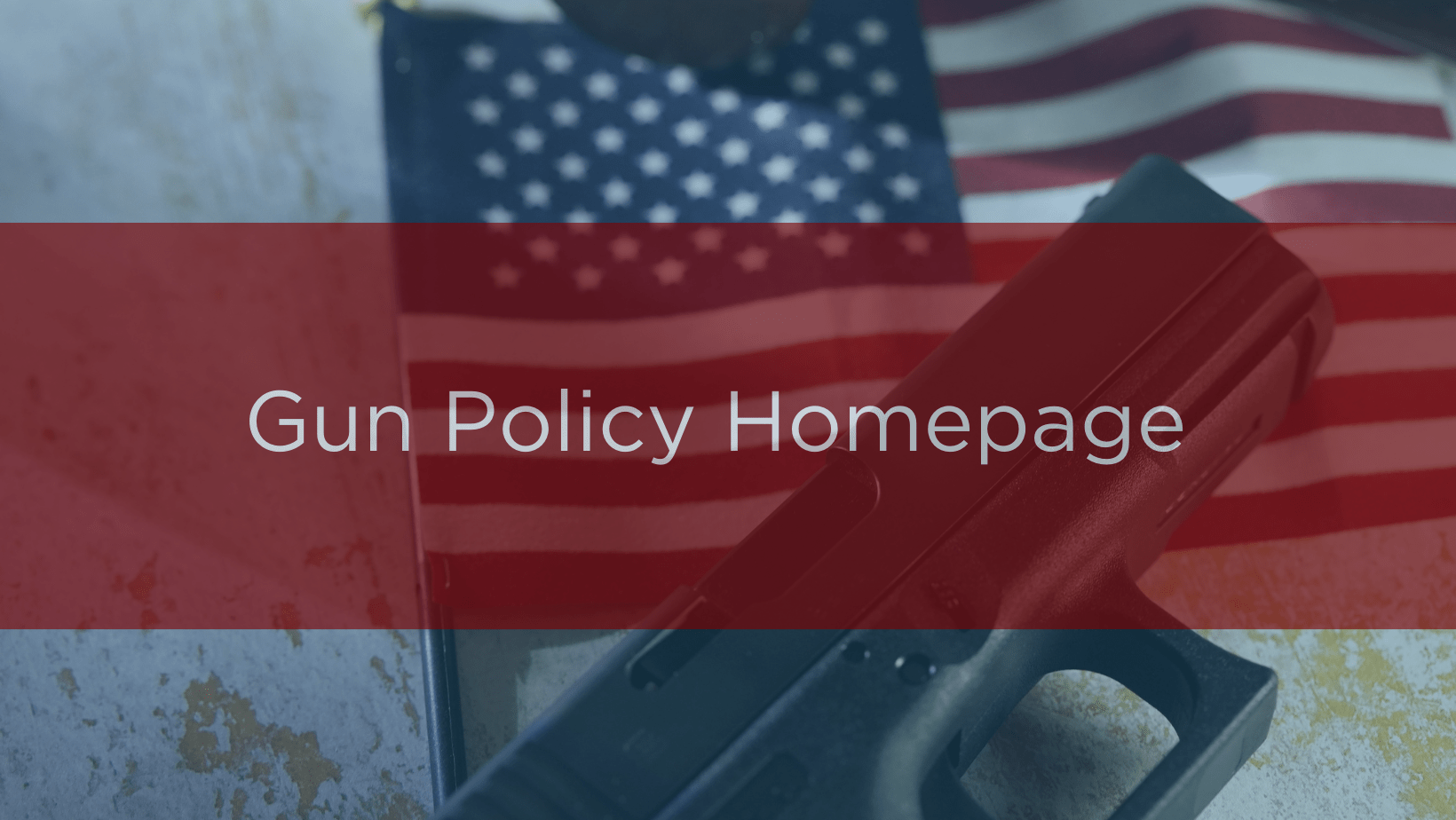Red Flag Laws
What are they?
- Everytown for Gun Safety defines an extreme risk law as a way to “empower loved ones or law enforcement to intervene and temporarily prevent someone in crisis from accessing firearms. These laws, sometimes referred to as ‘red flag’ laws, can help de-escalate emergency situations.”
- Specifically, it allows law enforcement to temporarily remove a person from possession of guns through an extreme risk protection order—a petition to a civil court for an order—if officers or family members of a person deem that person to be a threat to themselves or others. The protection order can also temporarily prohibit a person from purchasing guns if that person poses a serious risk of injuring themselves or others with a gun.
- While many have filed extreme risk protection orders for individuals out of concern of harm to others, many petitions are filed for individuals experiencing suicidality. This is critical, because access to a firearm triples a person’s risk of death by suicide.
What states have them?
- Red flag laws are not federal mandates. As Everytown for Gun Safety summarizes, “under current federal law, a person is only prohibited from having guns if they fall into one of several categories, including those convicted of certain crimes, adjudicated as mentally ill or involuntarily committed to a psychiatric hospital, or who are subject to a final domestic violence restraining order.”
- 19 total states and Washington D.C. have enacted extreme risk laws. This means that nearly 50 percent of the US population lives in a state with an extreme risk law. Check out this map from Everytown to see where these states are.
Who does it impact?
- People who have the potential to harm themselves or others. Everytown summarizes success in several states:
- A study found the Connecticut law to be “associated with a 14 percent reduction in the state’s firearm suicide rate.” Another found that “one suicide was averted for approximately every 11 gun removals.”
- In Maryland, an extreme risk law has prevented several mass shootings; the law has “been invoked in at least four cases involving ‘significant threats’ against schools.”
- In a specific case in California, police removed five firearms from “an employee who threatened to shoot his supervisor and other employees at a car dealership if he was fired.”
Concerns and Challenges
- An NPR poll found that one in seven respondents strongly oppose red flag laws. 24 percent of gun owners strongly oppose police-initiated orders and 20 percent strongly oppose family-initiated orders.
- Many individuals such as Idaho Senator Mike Crapo have concerns about how these laws infringe on individual rights. However, extreme risk laws are designed to ensure due process through a limited number of petitioners and a full hearing.
- Rand summarizes some of these concerns: “One concern regarding ERPOs is how they will affect the gun industry and gun owners who do not pose a threat to society or themselves. Expanding the number of people who can petition for an ERPO may increase the likelihood that the procedure could be misused—for instance, to harass a former spouse or disarm a potential victim . . . and ERPO laws might negatively affect defensive gun use, hunting and recreation, and gun sales if firearms are denied to law-abiding citizens. ERPO legislation attempts to avoid these negative effects by forbidding the use of ERPOs as harassment . . . and allowing respondents to petition the court to return their firearms while the order is in effect.”
- While nearly 50 percent of Americans should be protected by an extreme risk law, those laws are only as effective as they are well-enforced by local law enforcement. There are several examples of where law enforcement has failed to comply with these laws. In Colorado Springs, a so-called “Second Amendment sanctuary,” police failed to petition an order for the perpetrator of the Club Q shooting when they had an armed standoff with him the year prior to the mass shooting.
- These concerns about enforcement are further supported by the Department of Justice, which argues that these laws “are likely to be more effective when their implementation is adequately funded and supported by a broad array of affected stakeholders.” Success depends on adequate training of law enforcement to comply with these laws and to de-escalate, perhaps in coordination with a co-response team (see the primer on Illinois’ co-response model here).
Support
- In a recent survey by Everytown, summarized below, an overwhelming majority of Americans supported Extreme Risk laws.
- This data is further supported by an NPR poll that found that a majority of Americans somewhat or strongly support red flag policies.


